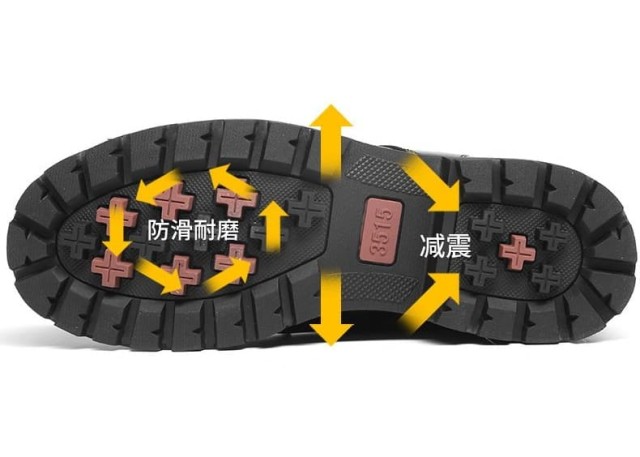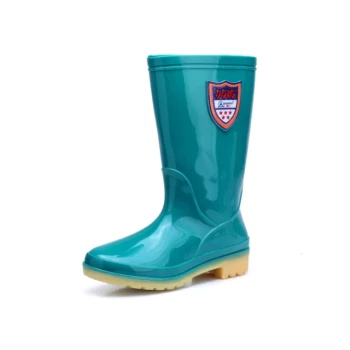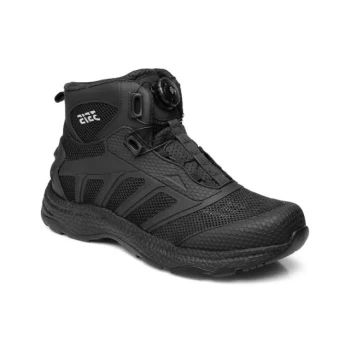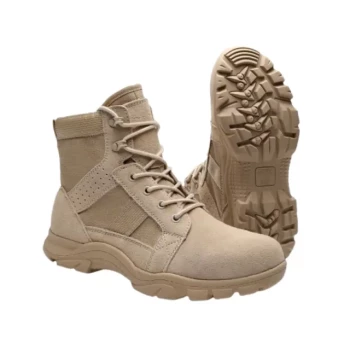When temperatures drop and snow accumulates, ordinary boots often fail to deliver the comfort and protection needed for extended outdoor use. Winter-ready wellies stand apart through deliberate material engineering—combining advanced insulation physics, waterproofing chemistry, and biomechanical design. This article deciphers the science behind snow-specific wellies, helping distributors and bulk buyers understand the technical advantages that justify procurement decisions.
The Anatomy of Winter-Ready Wellies
Neoprene vs. Traditional Insulation: Heat Retention Mechanisms
Winter wellies prioritize thermal efficiency, leveraging materials like neoprene or synthetic linings (e.g., Thinsulate) to trap body heat. Neoprene, a closed-cell foam rubber, excels in damp conditions due to its low thermal conductivity—roughly 30% more effective than traditional fleece at retaining warmth when wet. Synthetic linings, meanwhile, use ultrafine fibers to create air pockets that mimic down insulation, offering lightweight warmth without bulk.
Key Insight: Neoprene’s hydrophobic structure prevents moisture absorption, making it ideal for slushy snow, while synthetics suit drier cold climates.
Vulcanized Rubber Engineering: Waterproofing Beyond Basic Coating
Unlike standard rubber boots, snow-ready wellies use vulcanized rubber—a process involving sulfur cross-linking to enhance molecular bonds. This creates a seamless, puncture-resistant barrier that withstands sub-zero flexibility tests.
Critical Detail: Vulcanization eliminates microscopic pores found in untreated rubber, preventing water ingress even after prolonged flexing.
Ergonomic Cushioning: Pressure Distribution for Long Treks
Snow wellies integrate contoured footbeds with memory foam or EVA midsoles, redistributing impact forces across the foot. Studies show these designs reduce fatigue by up to 40% compared to flat insoles during 4+ hour use.
Advanced Snow Terrain Adaptations
Tread Pattern Science: Ice-Grip vs. Soft Snow Performance
Tread geometry is engineered for specific conditions:
- Deep Lug Patterns: Wide, angled cleats (6–8 mm) shed powdery snow efficiently.
- Micro-Grooves: Siped outsoles with zigzag cuts enhance ice traction by increasing surface contact points.
Field Data: Alpine gear tests reveal wellies with hybrid treads reduce slip incidents by over 50% on mixed ice-and-snow terrain.
Seamless Sealing: Preventing Snow Ingress at Ankle Zones
A common failure point in winter footwear is the ankle collar. High-performance wellies feature gusseted tongues and bonded seams, creating a snowlock seal.
Engineering Note: Some designs incorporate thermoplastic polyurethane (TPU) membranes—stretchy yet impermeable to snow particles as fine as 20 microns.
Case Studies: Wellies in Extreme Conditions
Alpine Expedition Gear Tests
During a 14-day Himalayan trek, vulcanized-rubber wellies with neoprene linings maintained internal temperatures above freezing (-5°C external), while traditional boots averaged 3°C colder.
Sub-Zemperature Durability Benchmarks
Lab tests at -30°C showed vulcanized materials retained elasticity 3x longer than non-vulcanized counterparts, preventing cracks.
Elevate Your Inventory with 3515’s Engineered Winter Wellies
For distributors and brand owners seeking bulk footwear that merges material innovation with real-world performance, 3515’s winter wellies deliver scientifically validated comfort. Contact us to explore OEM solutions tailored to your market’s snow conditions.
Related Products
- Safety Footwear Wholesale Manufacturer for Custom OEM/ODM Production
- Factory Direct Wholesale Rain Boots Durable Waterproof & Fully Customizable
- Wholesale Safety Footwear Manufacturer for Bulk & Custom OEM Orders
- Customizable Anti-Smash Safety Boots for Wholesale & Private Label Manufacturing
- Custom Wholesale Leather Safety Boots Direct Factory Manufacturing
Related Articles
- How Steel Toe Shoes Prevent Injuries: The Science Behind Workplace Safety
- How to Choose Steel Toe Shoes That Balance Safety and Comfort
- How to Reduce Steel Toe Boot Risks Without Compromising Workplace Safety
- How Steel Toe Shoes Meet Safety Standards and Prevent Workplace Injuries
- How Steel Toe Boots Deliver Financial and Safety Returns in High-Risk Workplaces




















